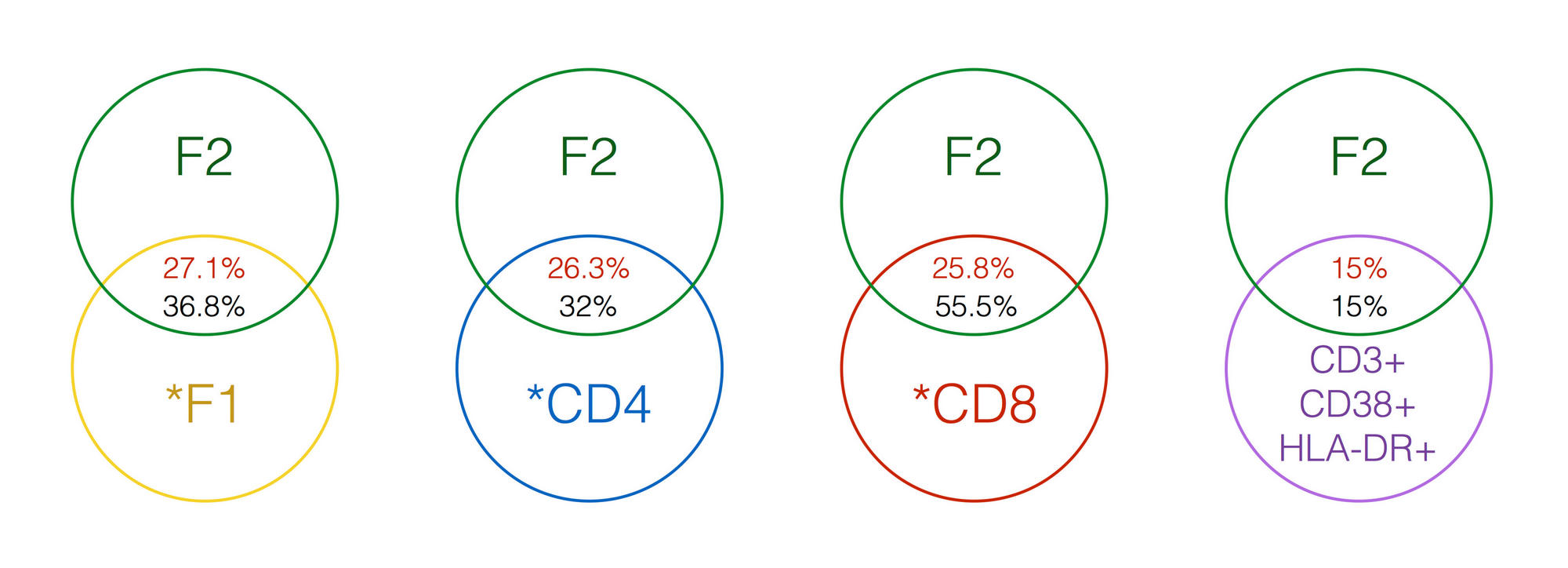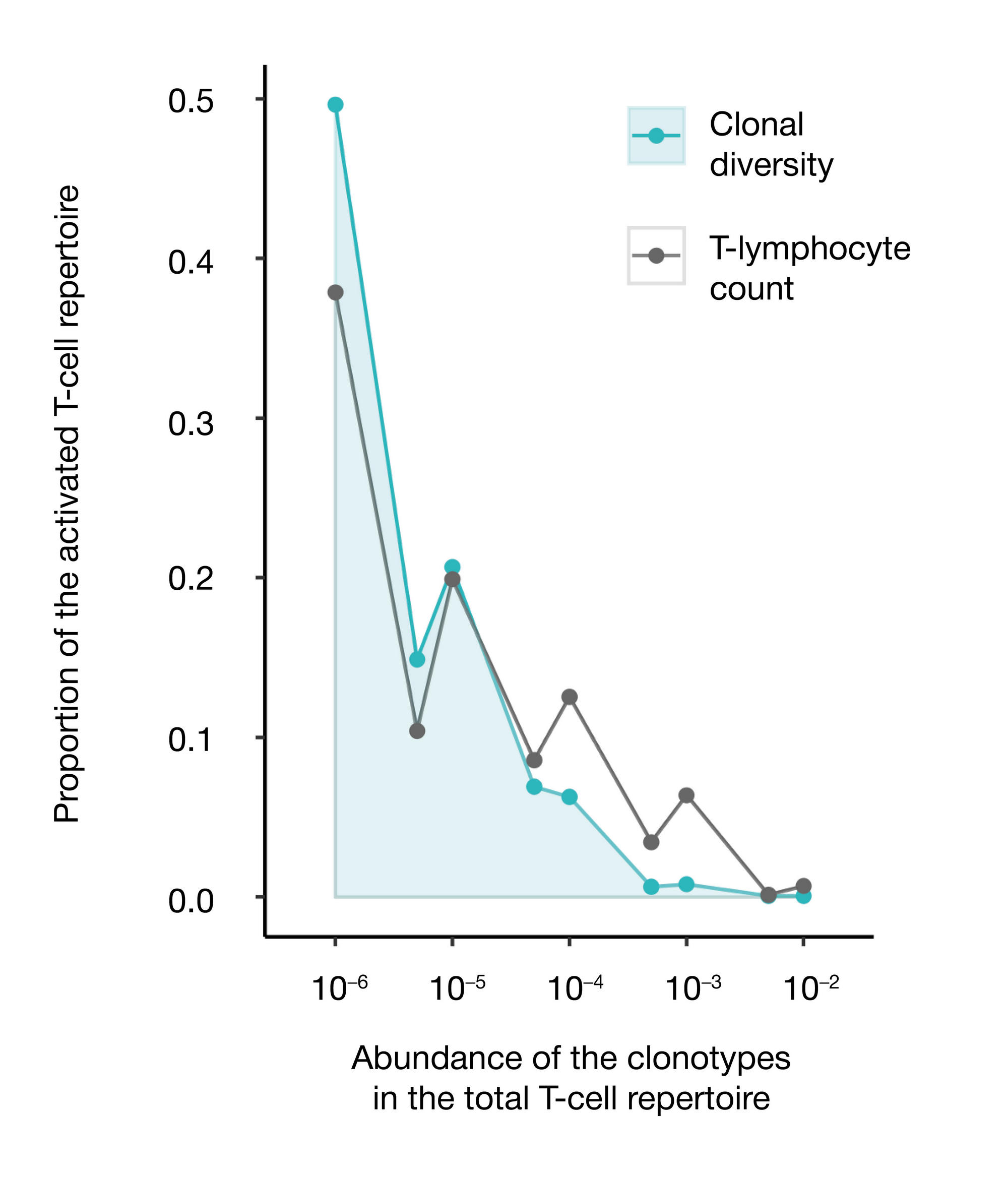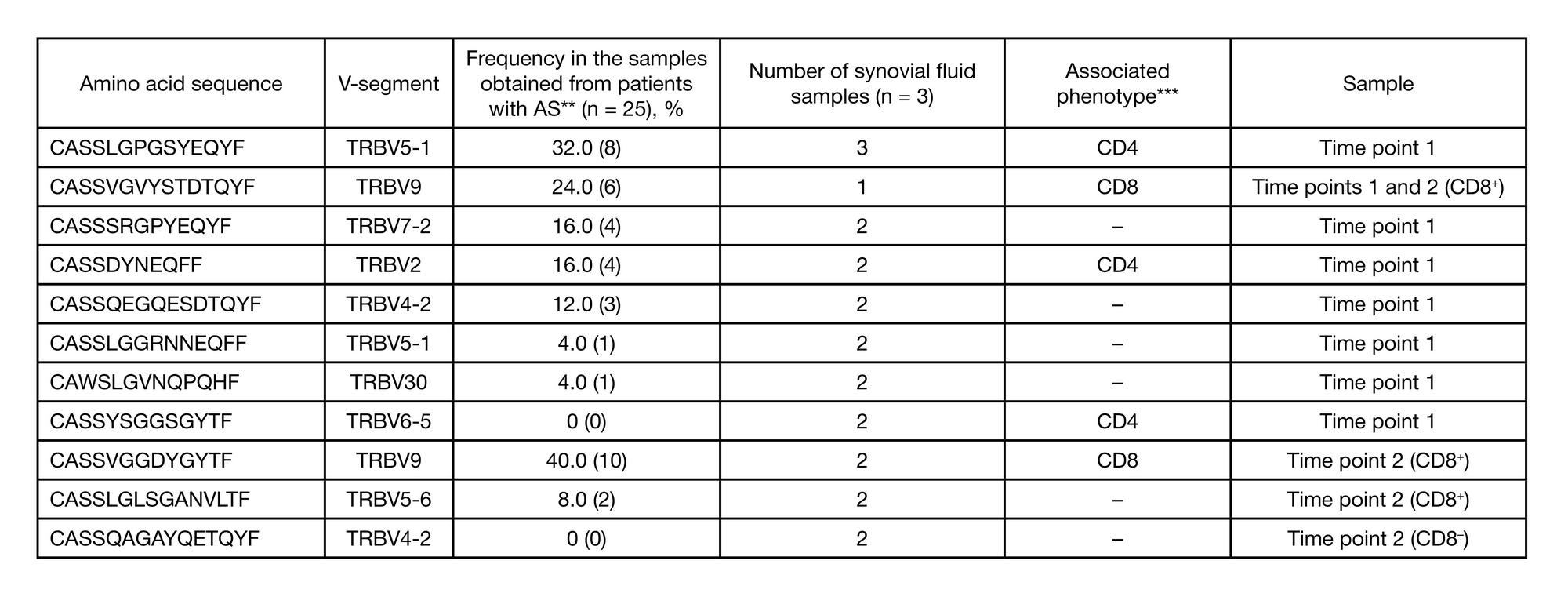
This article is an open access article distributed under the terms and conditions of the Creative Commons Attribution license (CC BY).
ORIGINAL RESEARCH
A study of the repertoire of activated T-cell clones obtained from a patient with ankylosing spondylitis
Pirogov Russian National Research Medical University, Moscow, Russia
Correspondence should be addressed: Ivan V. Zvyagin
ul. Ostrovityanova, d. 1, Moscow, Russia, 117997; moc.liamg@nigayvzi
Funding: this work was supported by the Ministry of Education and Science of the Russian Federation, Project ID RFMEFI60716X0158.
Acknowledgements: we are grateful to the patient who has kindly given his consent to participate in the study; to Denis Fedorenko, a hematologist and Professor of Maximov Hematology and Cell Therapy Department (Pirogov National Medical Surgical Center) for his consultations; Elena Kovalenko, a senior researcher at Shemyakin–Ovchinnikov Institute of Bioorganic Chemistry, for her assistance in conducting a flow cytometry analysis.





